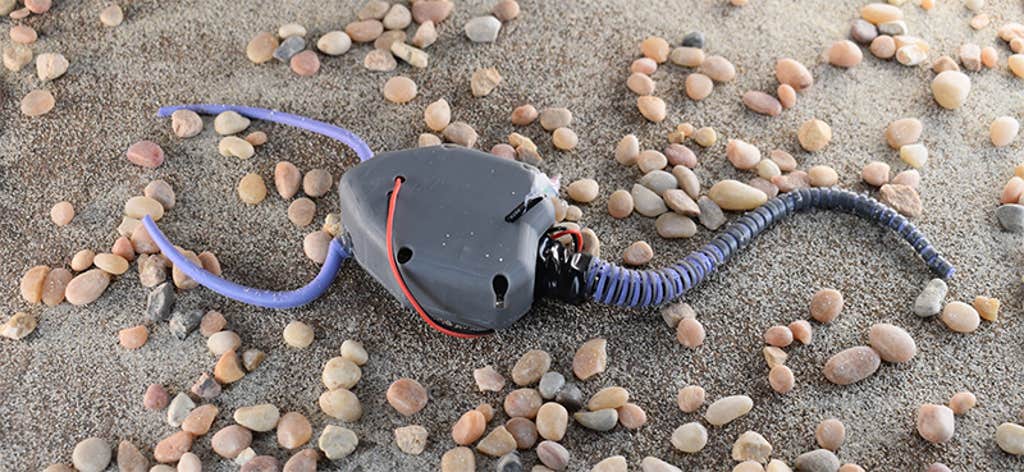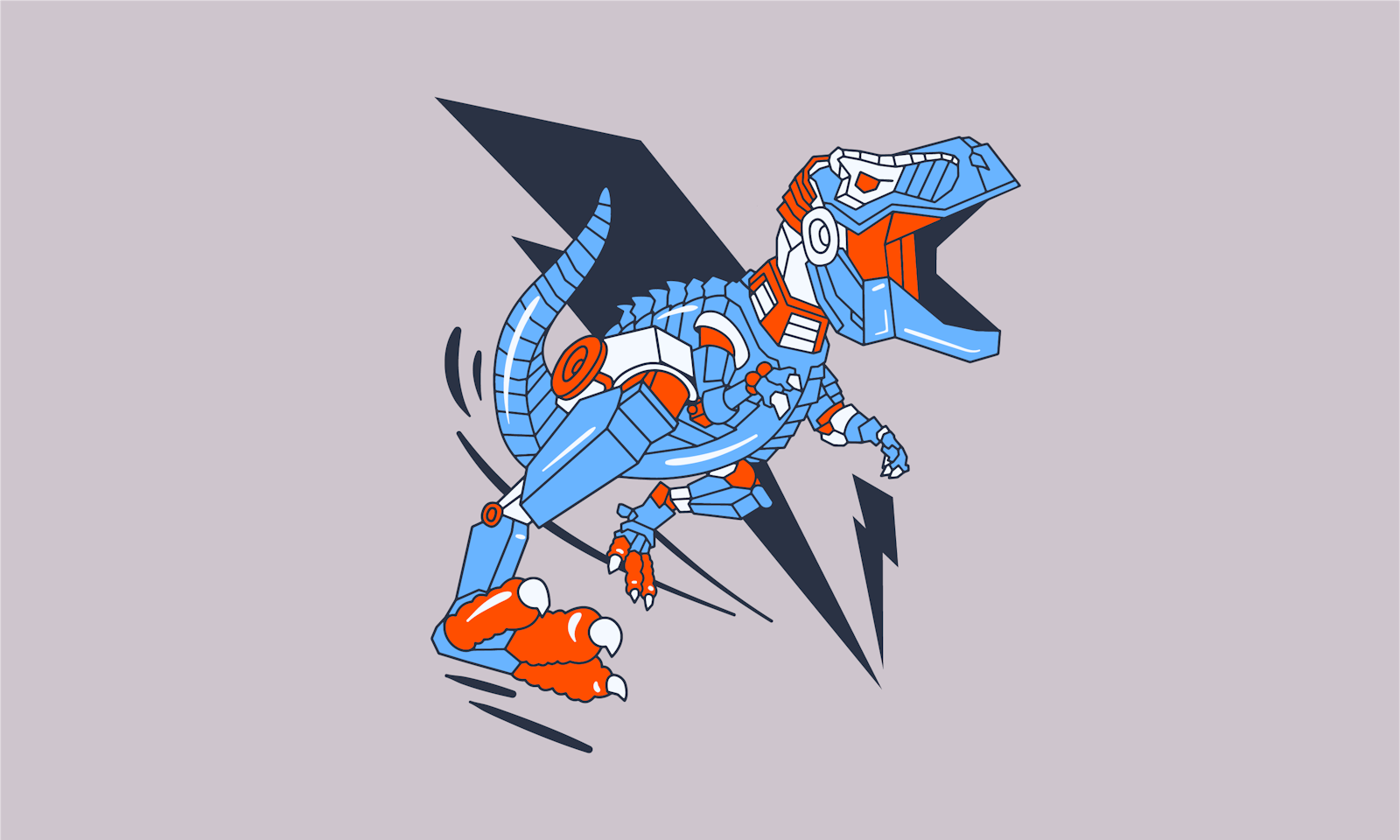Fossils often seem to offer a rock-solid portrait of life forms long-gone, and a clear story about how evolution tracked from point A to point B. But sometimes scientists uncover remains that are so distinct from anything alive on Earth today that they struggle to characterize them.
Pleurocystitid represents one such enigma. This distant relative of the starfish—shaped like a tadpole, with a flat hard shell, two long arms, and a tail-like stem—lived on the seafloor millions of years before the dinosaurs roamed the planet.
Scientists believe the pleurocystitid was one of the first of its kind—a lineage called the echinoderms that includes the starfish and modern sea urchins—to evolve the ability to move. But because its shape and build were so different from those of modern echinoderms, or any other living creatures, exactly how it moved was a mystery.
You’re really creating things that people haven’t seen.
To solve the riddle, a team of engineers and paleontologists recently brought the extinct organism back to life: They built a robot replica of the creature based on fossil records, and called it Rhombot.
Using robotic springs and 3-D printed rubbery materials called elastomers, the team was able to design flexible muscles and show how this long-extinct animal pushed itself along the seafloor. “You’re really creating things that people haven’t seen,” says Philip LeDuc, an engineer at Carnegie Mellon University who worked on the project.
Scientists have long used biologically inspired robots to better understand the behavior and biomechanics of living animals, including snakes, lizards, octopuses, and salamanders. But building robots to study extinct organisms, a field the researchers call “paleobionics,” is new.
To imitate the adaptability found in biological tissues, scientists are increasingly designing these robots with “soft” materials. Traditional robots, built from rigid parts connected by motorized joints, can move in highly coordinated ways, but they can’t mimic the more fluid and flexible motion of soft tissues and muscles.

In muscles, electrical signals from the brain cause chemical changes in the cells that make them contract. In some metal alloys, electric currents can induce temperature changes that cause the atoms to switch between different structures, which can lead the material to deform. These “shape memory alloys,” as they are known, can be used to design flexible artificial muscles.
The Carnegie Mellon team relied on 3-D scans of fossils to print a model pleurocystitid, including the body, arms, and the tail-like stem. Springs made of shape memory alloy and embedded in the stem worked like a pair of muscles. With electronics built into the rigid body and connected to the metal alloy wires, the bending of the stem from side to side could be controlled.
The researchers tested the robot in a water tank, with a surface that simulated the seafloor. The robot wriggled slowly headfirst along the bottom of the tank, using its long muscular stem as a kind of lever. They showed that pleurocystitid would have maximized speed with long, slow, sweeping movements of the stem, rather than with short strokes. The mystery was solved. “I knew whatever we found was going to be interesting,” says LeDuc. “I just had no idea what it was going to be.”
The team built several robots to test the effect of the stem length on speed. Increasing the stem length from three to four times the robot’s body length made it move five times faster. Based on the results, and the fact that newer fossils tend to have longer stems, the scientists concluded the pleurocystitid evolved a need for speed.
LeDuc thinks the success of the Rhombot will inspire paleontologists to revive other extinct creatures in metals and rubber—and unlock more secrets to the evolution of life on Earth. ![]()
Lead image: ivangonzzalez / Shutterstock
































